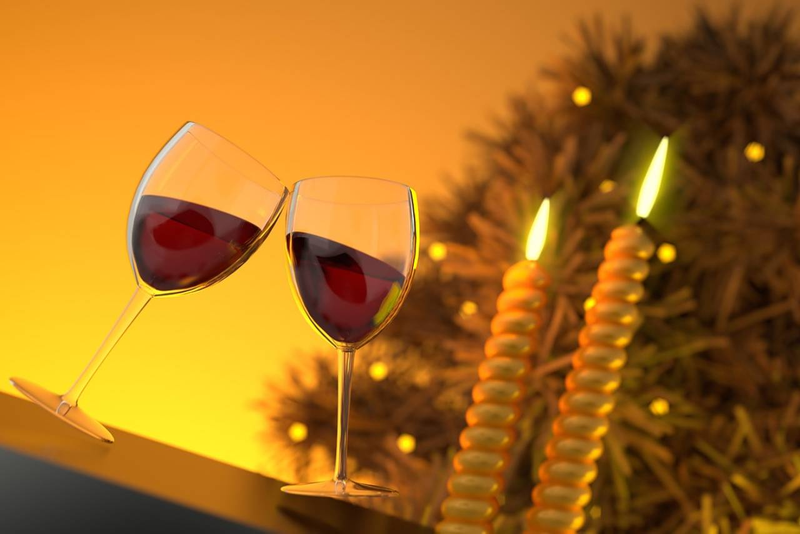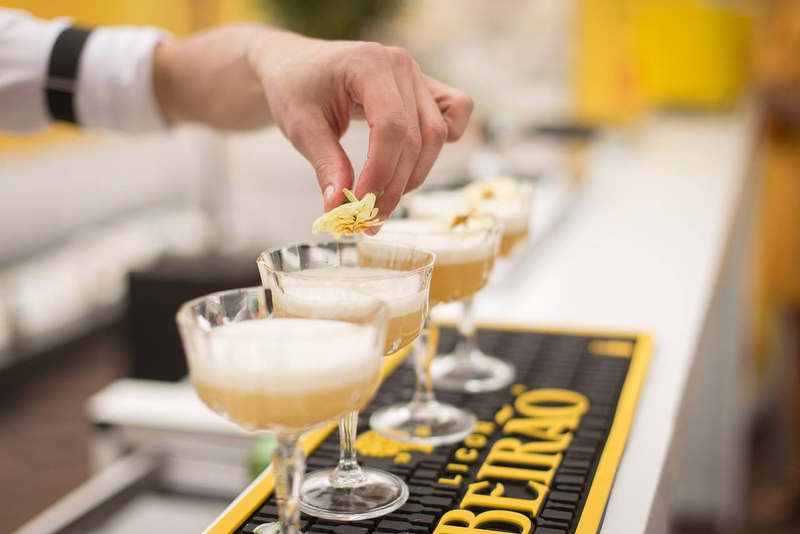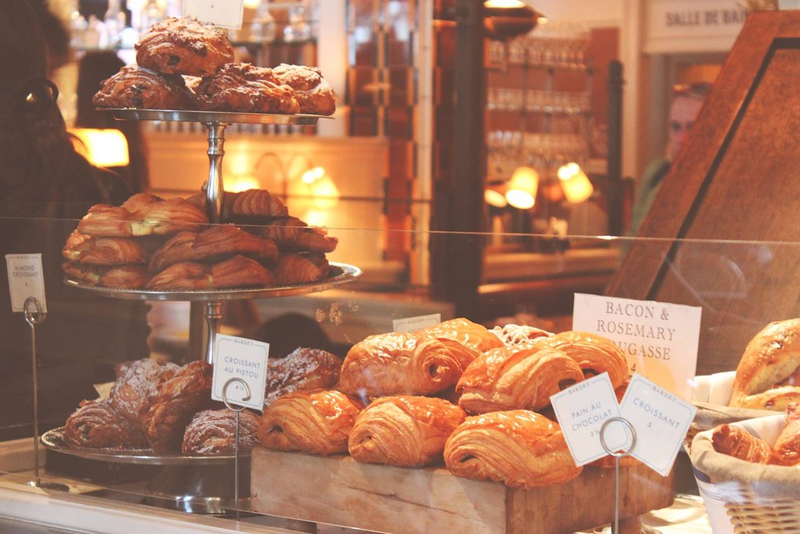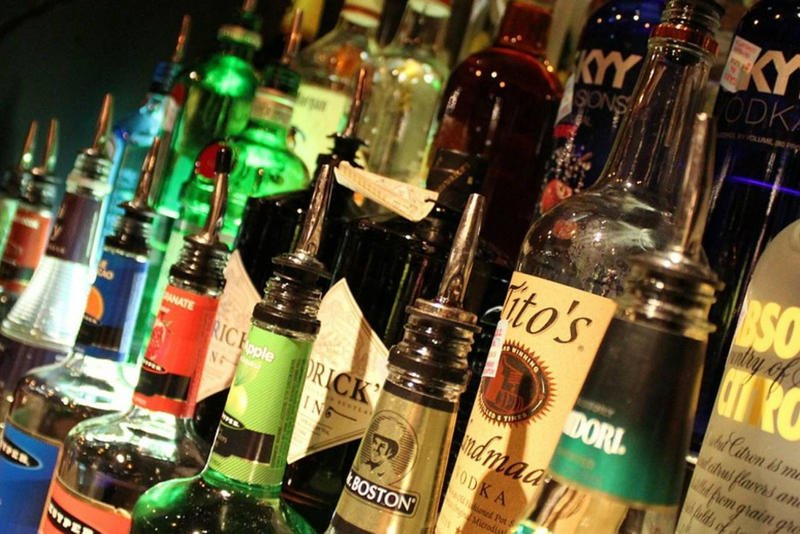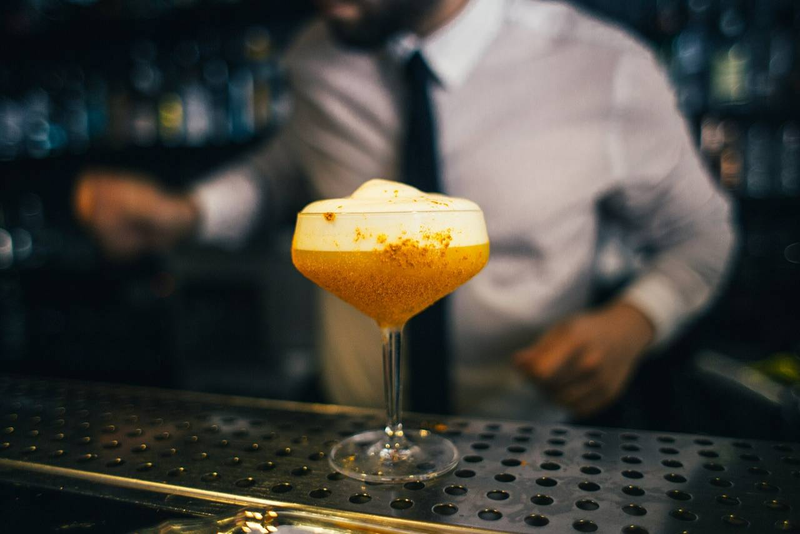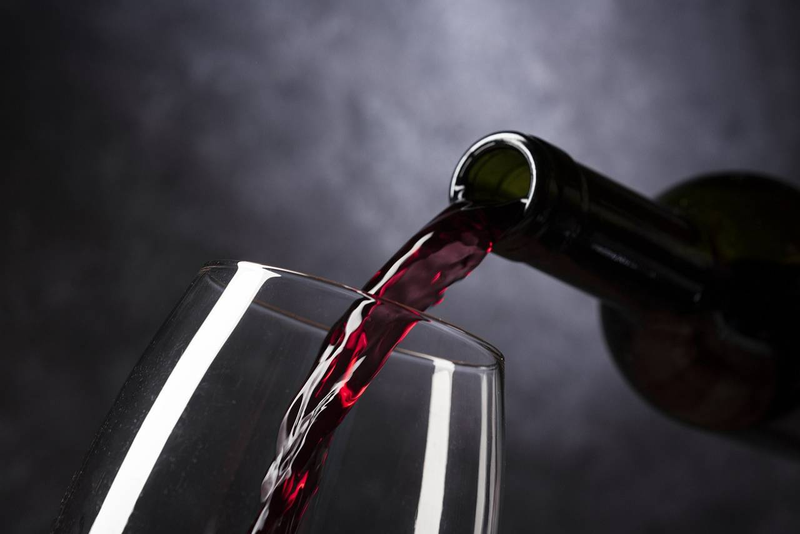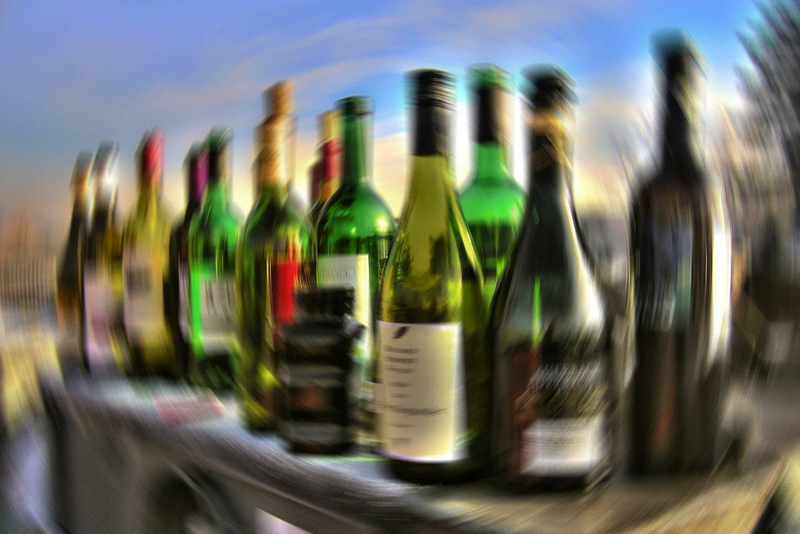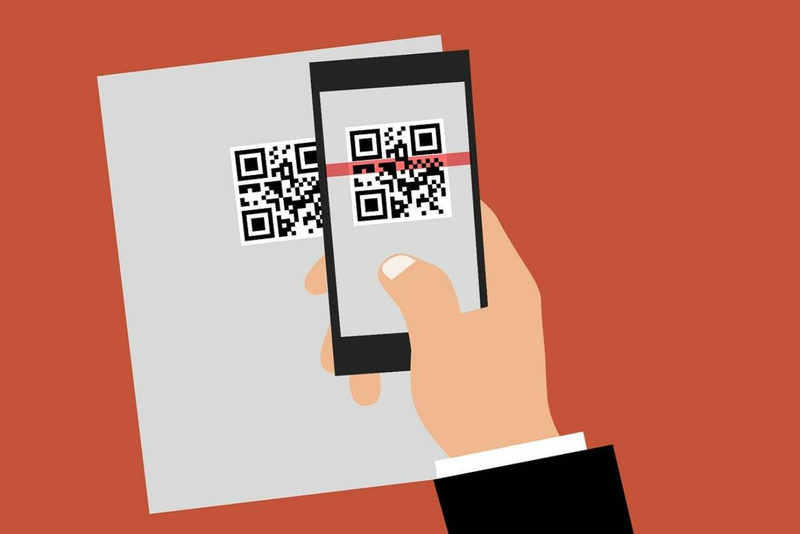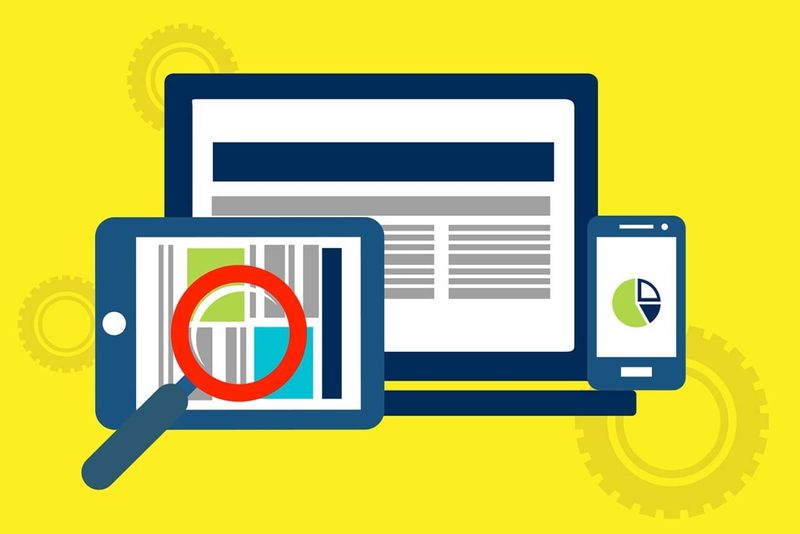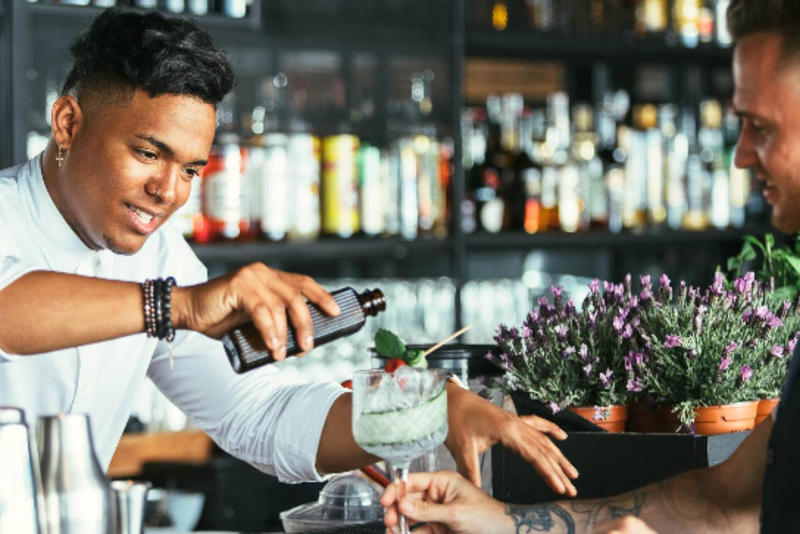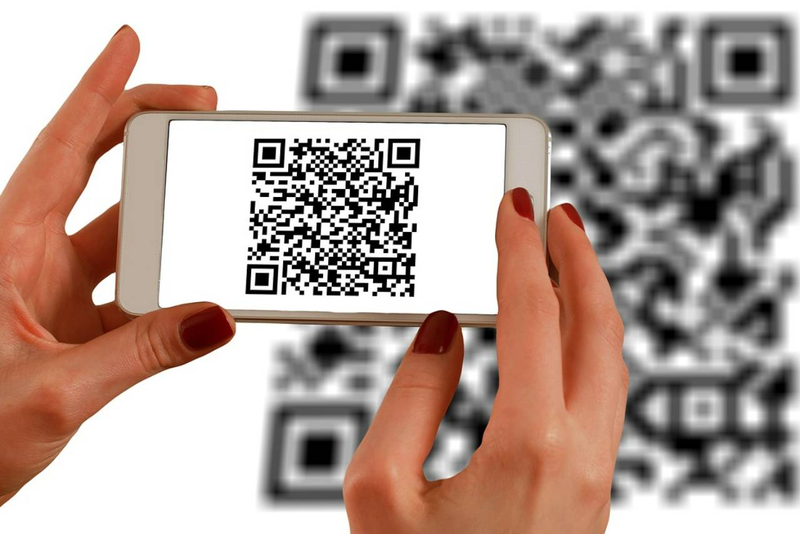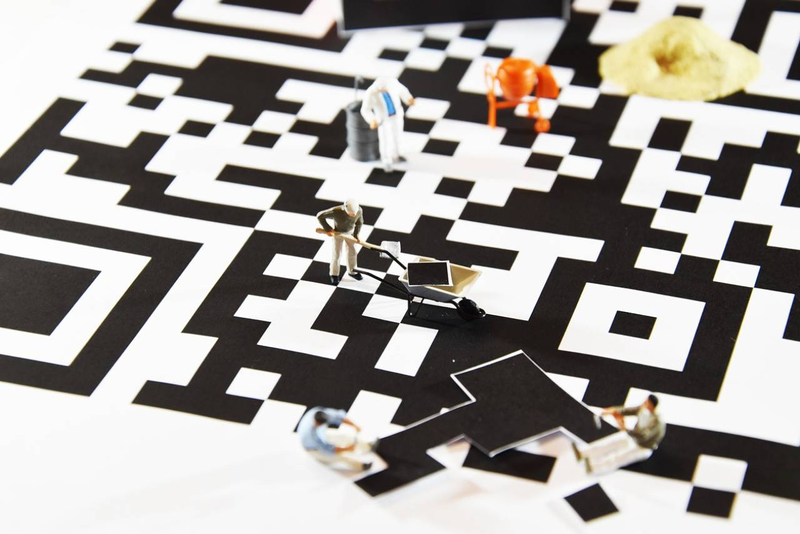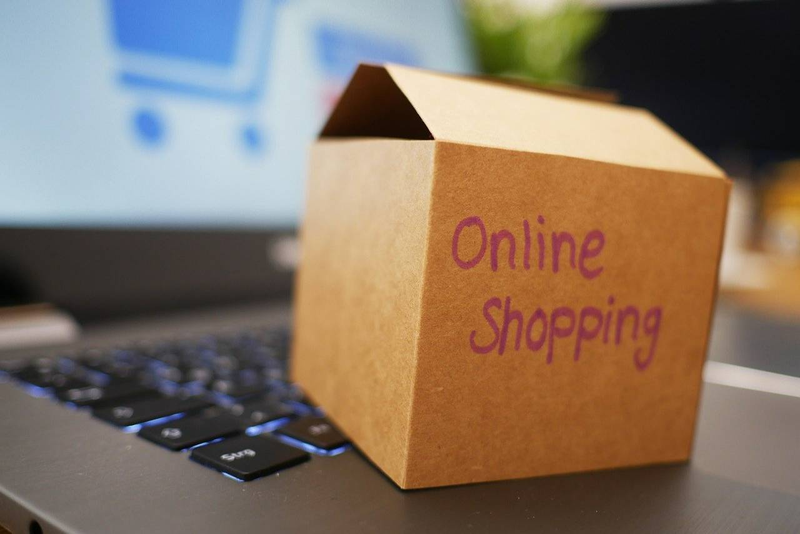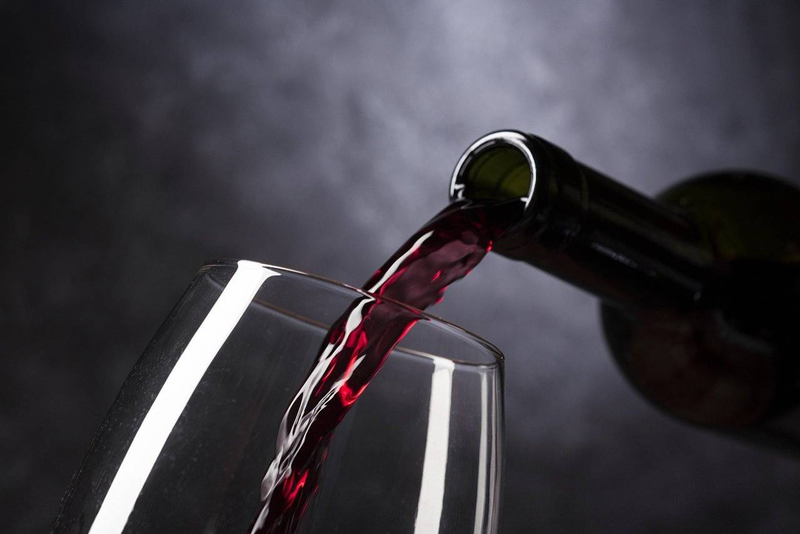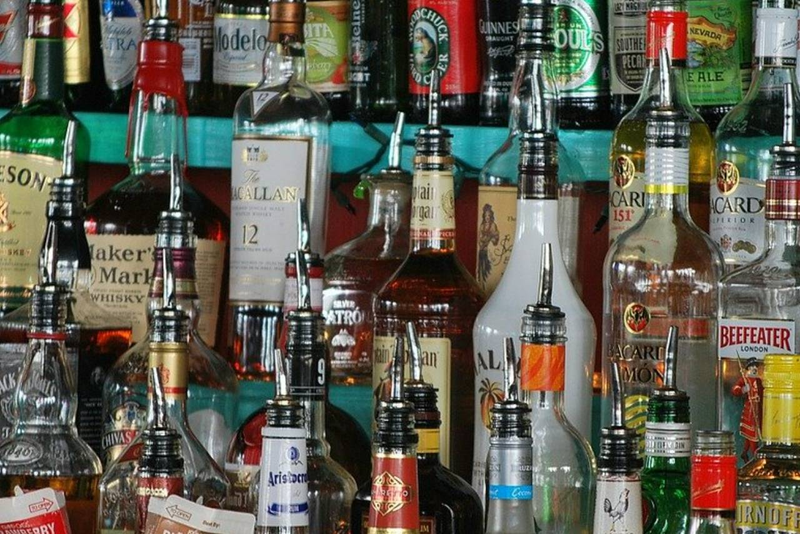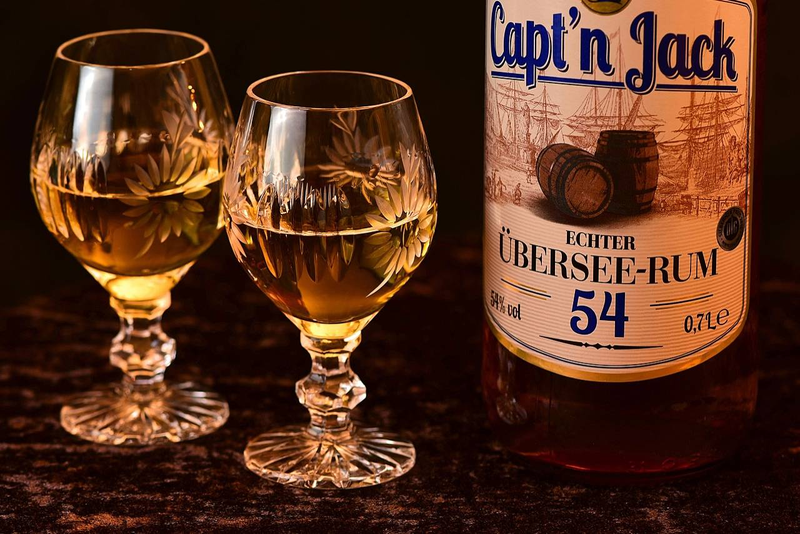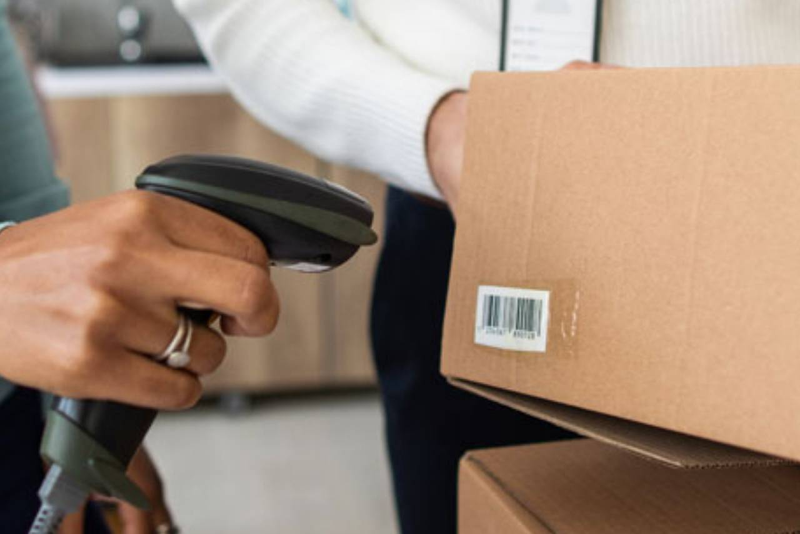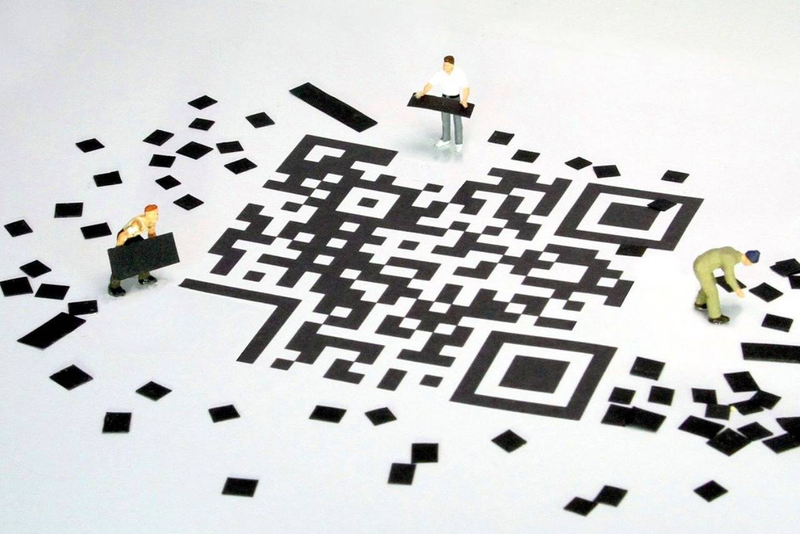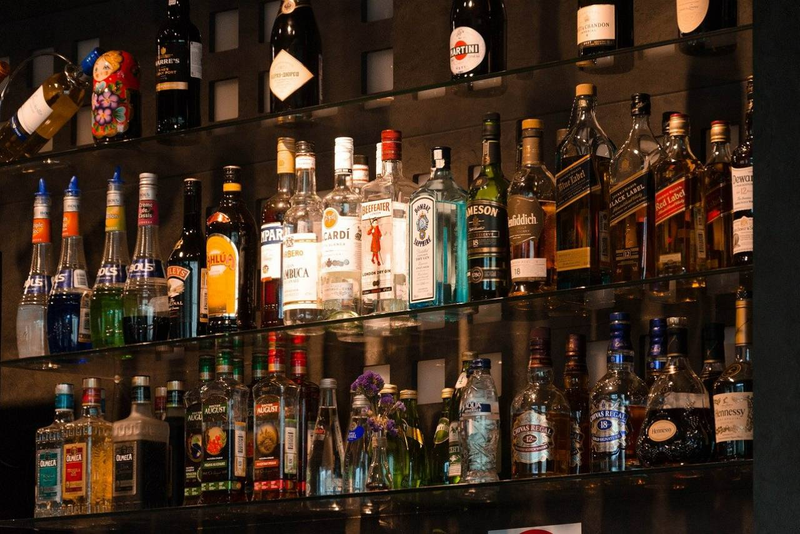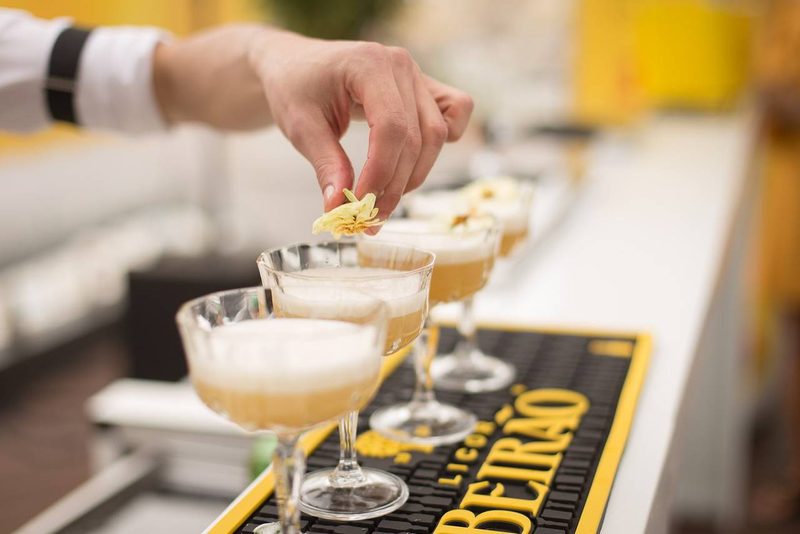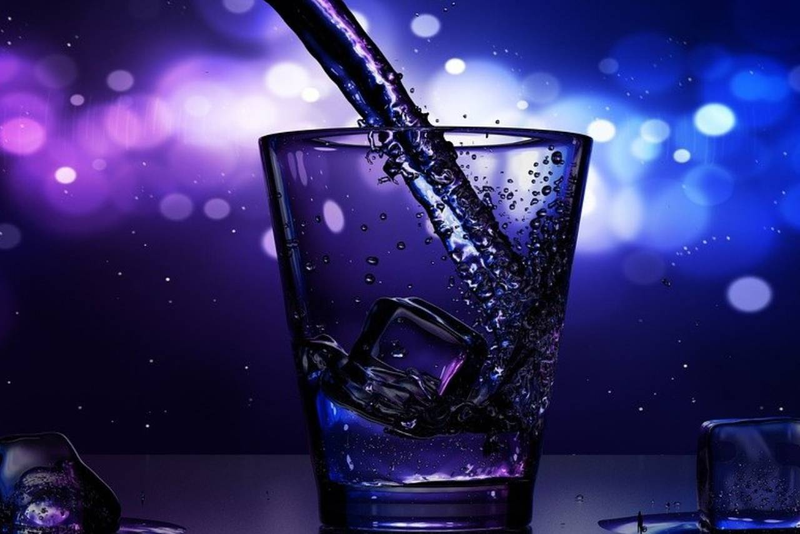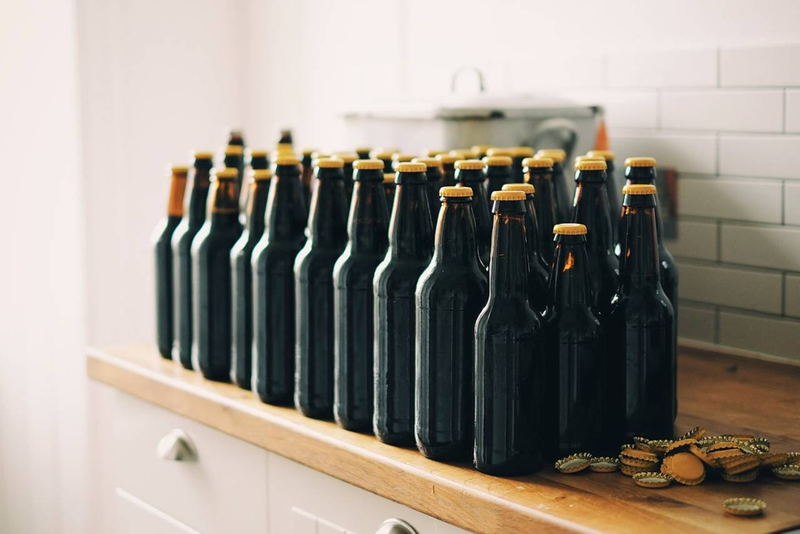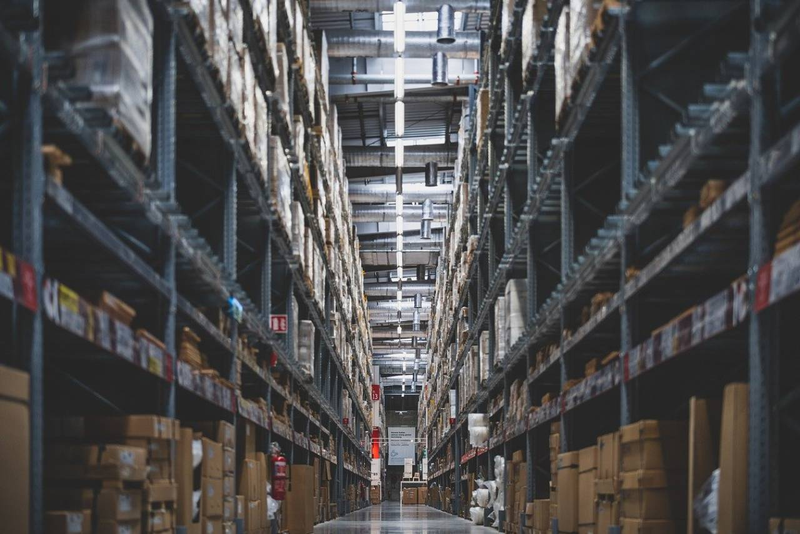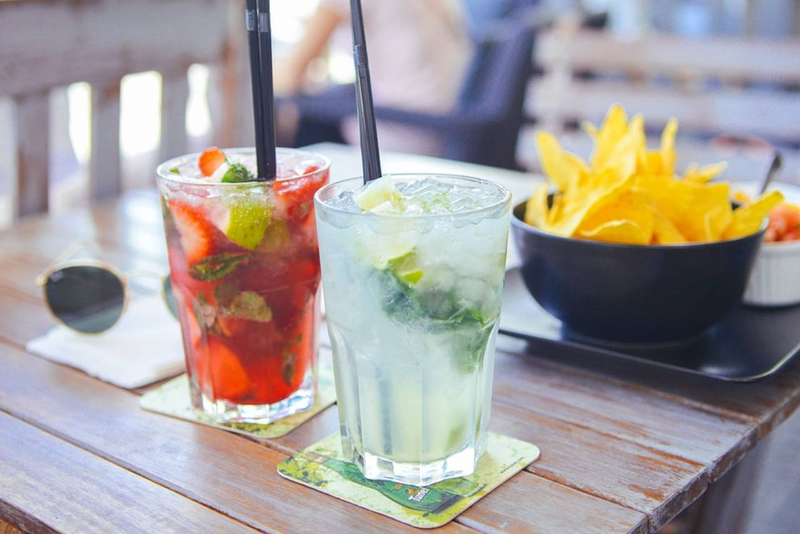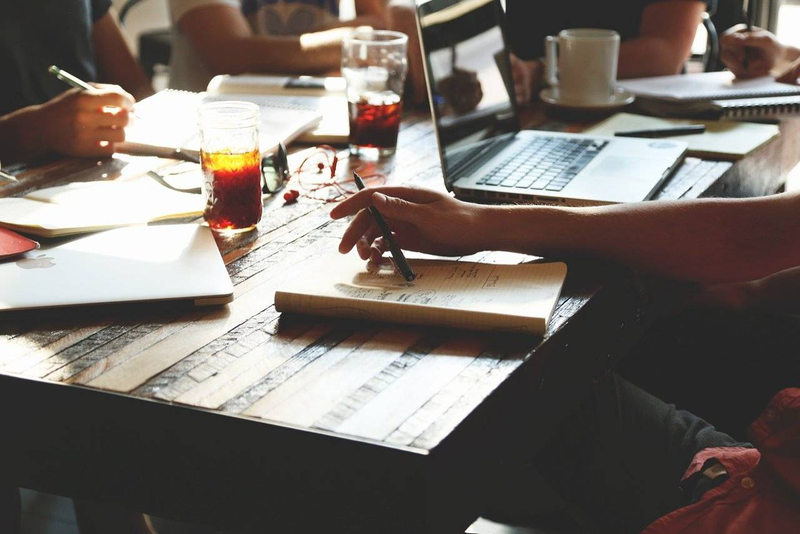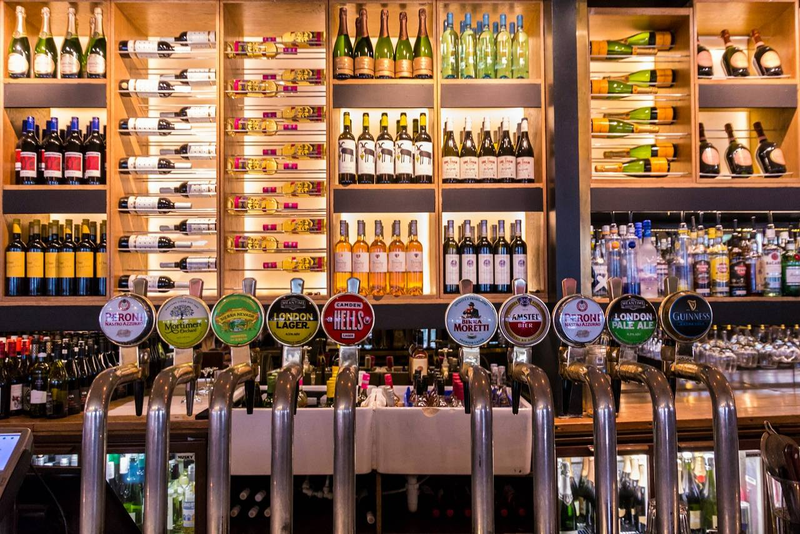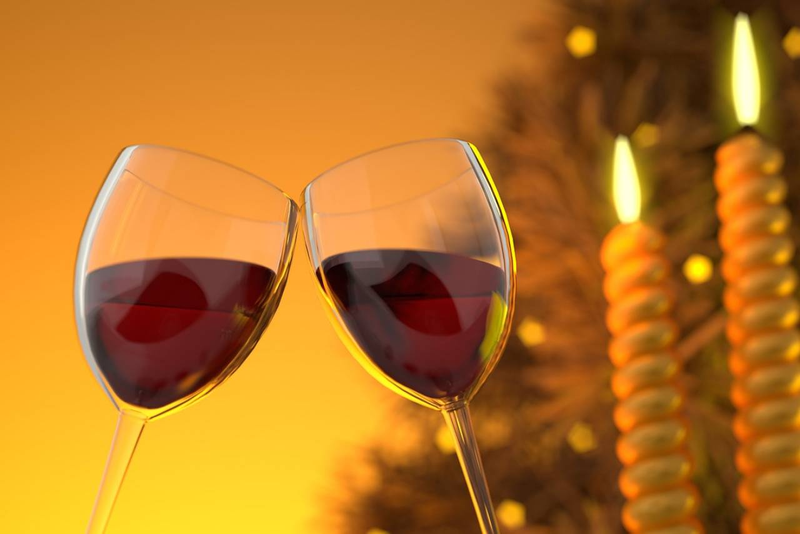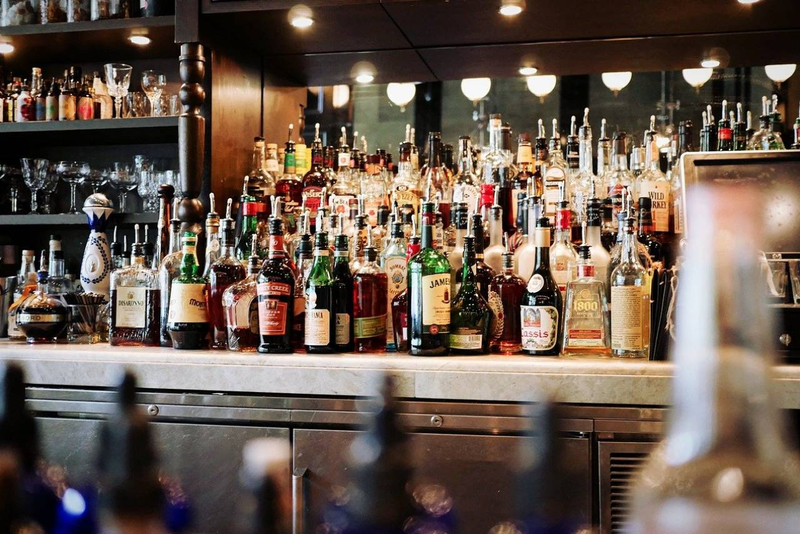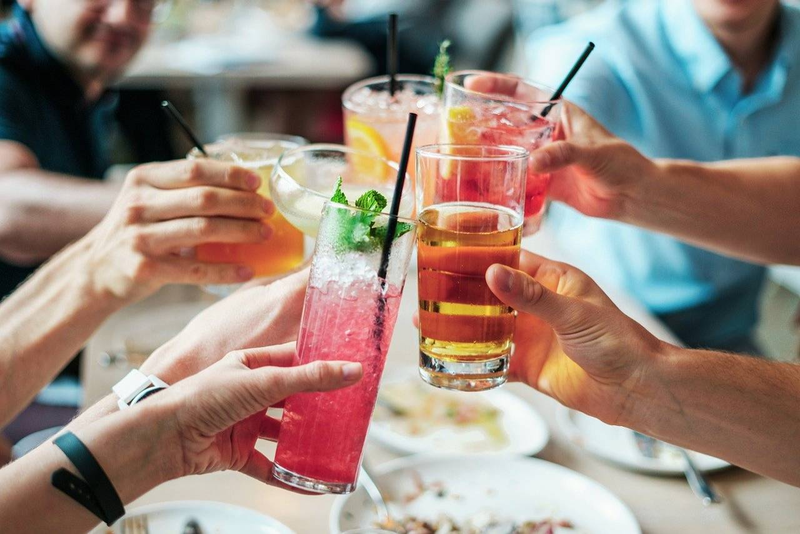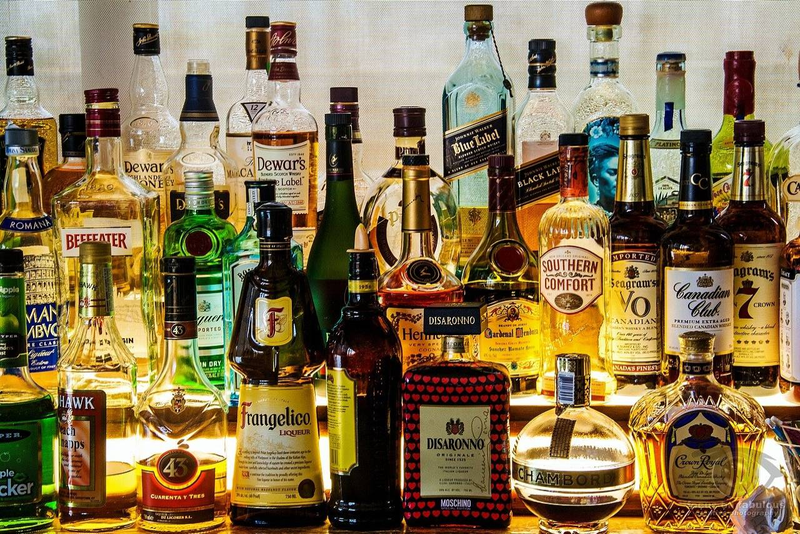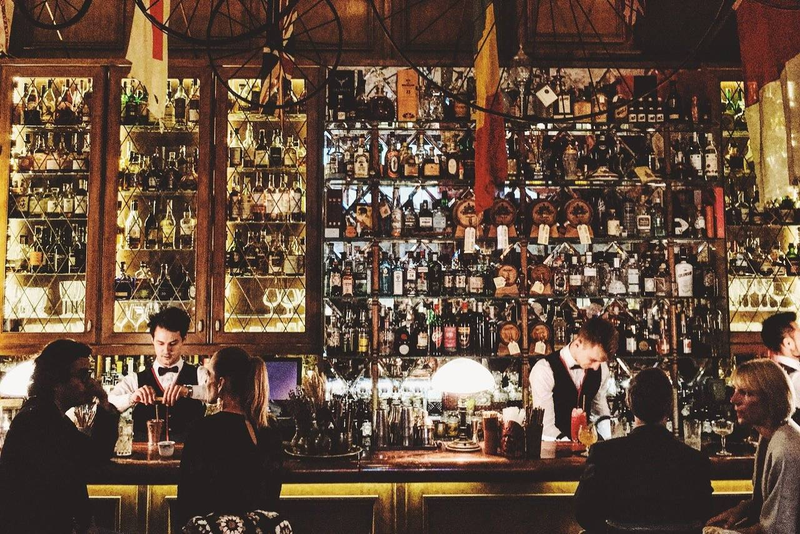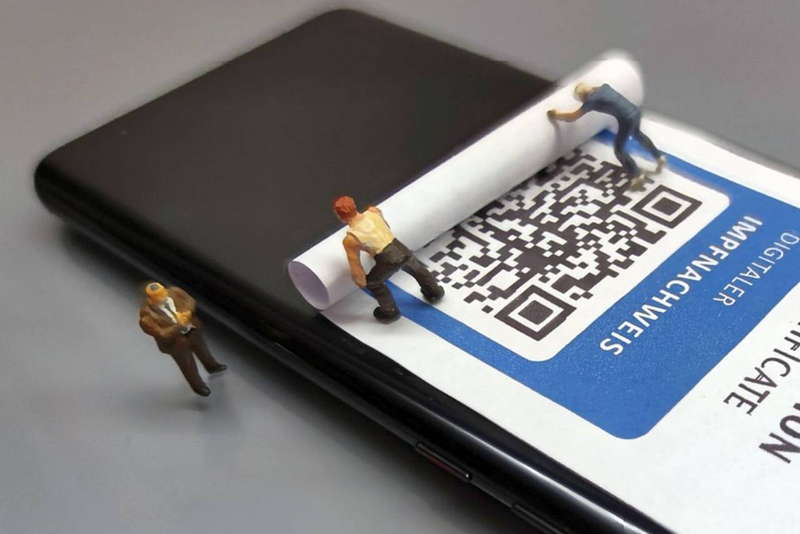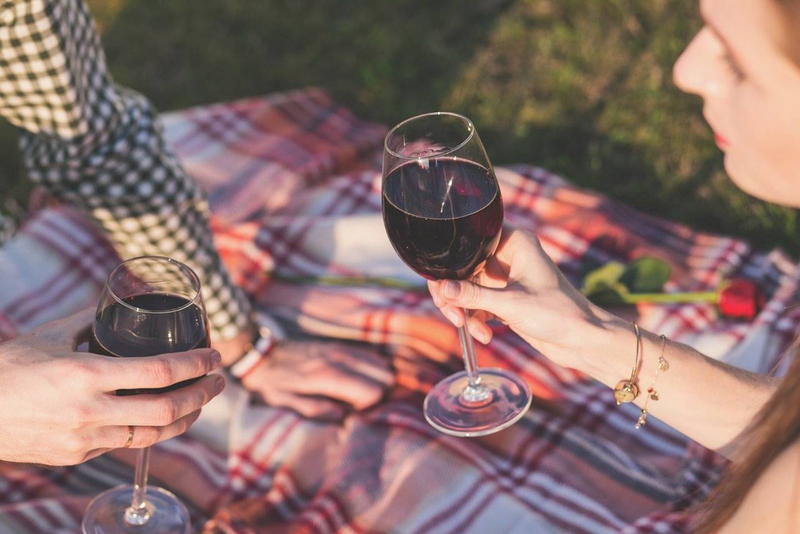What is Beverage Cost Percentage?
Beverage cost percentagealso called pour costis the percentage of a beverage's retail price that accounts for the cost of the drink's ingredient/s. In other words, the amount the drink cost to make, as a percentage of its sale price. Retailers use beverage cost percentage as a way to determine the bar's financial health.
How to Calibrate Beverage Cost Percentage for Maximum Profit
What is Beverage Cost Percentage?
Beverage cost percentagealso called pour costis the percentage of a beverage's retail price that accounts for the cost of the drink's ingredient/s. In other words, the amount the drink cost to make, as a percentage of its sale price. Retailers use beverage cost percentage as a way to determine the bar's financial health.
(A beverage's cost price is the price paid to the wholesaler for the product. The beverage cost price of a cocktail or mocktail is the combined cost of every product that goes into mixing it. Its selling price is the retail price at which the beverage is sold.)
Beverage cost or pour cost is crucial in driving the profit margins and liquor sales of a restaurant or bar business. The lower the beverage cost or pour cost for a bar, the higher its gross margin. The average pour cost for bars and restaurants is between 18 and 24%. If it exceeds this, the bar needs to rethink its wholesale cost and menu price. While the industry average for beverage cost is 20%, bars and restaurants can set their own targets. However, beverage cost percentage is only a representation of the profit margin and not the exact profits earned.
Cost Calculator
Per Drink
How to Calculate Beverage Cost Percentage
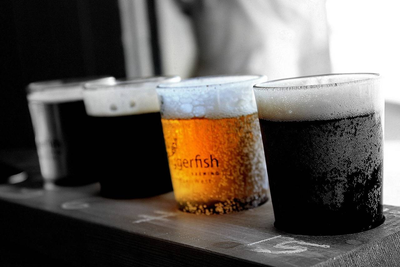
The beverage cost percentage is calculated at two levels. The first is the percentage calculated for each menu item. The second method calculates cost percentage for the bar's comprehensive beverage sales for a particular period of time. The pour cost formula used in both cases is the same- beverage cost divided by beverage menu price multiplied by 100.
Cost of alcohol / Alcohol retail price X 100 = Beverage cost percentage
To arrive at pour cost or beverage cost percentage for overall bar inventory the formula is-
Total inventory cost / Sales total X 100 = Beverage cost percentage for the bar
When it comes to alcoholic beverages however, it's not a one-size-fits-all formula. A bar manager has to calculate the beverage cost percentage separately for different categories of alcohols and beverages at the bar. Liquor, wine, draft beer, and bottled beer, each has a different pour cost percentage. A bar's total beverage pour cost is the combined pour cost of each category.
Liquor License
Alcohol Consumption

The right pricing can bring in the big bucks or send a bar over the brink.
Know how to set the right prices for your bar by calculating beverage cost percentage accurately.
Why is it Important to Calculate Beverage Cost Percentage?
If your bar or restaurant has high customer traffic and high alcohol sales, but a low profit margin, it's time you took another look at your beverage cost percentage. Perhaps your drinks are priced too low, robbing you of the chance to increase profits. Perhaps your bartender is giving away unauthorized free drinks or spilling drinks, which is why your receipts don't tally with your inventory. At the end of the day, it's your liquor pour cost that will warn you if you're spending more to purchase your alcohol than you're earning off it.
If your pour costs exceeds the industry average of 24%, it may lead to losses for the bar. A profitable bar or restaurant is able to achieve a pour cost of 20% with appropriate inventory control measures. A 20% pour cost projection can rake in 80% profits. But bars that don't regulate their beverage cost percentage may find it difficult to keep their bottom line up. Without a clear picture of its individual and overall beverage cost percentage, a bar will never know if it's underpricing its drinks or overcharging its customers, which can adversely affect long-term business.
A competent bar manager will optimise beverage costs in order to increase profit margins. And there's no better establishment than a bar to run up profits. Alcohol sales stand to earn bars and restaurants a higher gross margin than food sales. A bar can earn a gross profit margin of around 70% to 80% and a net profit margin of 7-10%. Food, on the other hand, brings a restaurant a net profit margin of only 3-5%.
Wholesale Liquor
Management System
Should Beverage Cost Percentage be Uniform Across the Bar?
Different alcohols have different pricing structures across categories. The beer cost incurred by a bar is different from its wine cost and its liquor cost. Prices differ within a category itself. For example, the cost of bottled beer is different from draft beer or beer on tap. Wine can cost as little as $20 and as much as $2000. Because each menu item has a different cost and menu price, its beverage cost percentage is naturally different.
Here's the average beverage cost percentage per category-
Wine- 30%
Liquor- 17%
Draft Beer- 21-22%
Bottled Beer- 23-25%
Now while a bar cannot have a uniform beverage cost percentage for all drinks, it can maintain a standard overall average pour cost. The beverage cost percentage for all menu items needs to be calculated individually before arriving at overall bar sales and cost percentage.
It must also be noted that only alcoholic beverages are considered for beverage cost percentage calculation. All non alcoholic drinks, sodas and soft drinks are calculated in the food cost incurred by the bar. These items have different pour costs compared to alcoholic beverages.
Boston Consulting
Data Visualization
How to Price a Menu Factoring Beverage Cost Percentage
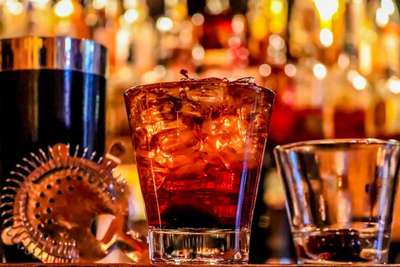
Beverage cost percentage is crucial for any bar or restaurant to arrive at the price of its menu items. Menu pricing is a key factor that drives the gross margin of profits for a business. It's important for managers designing their bar menus to make sure beverage items maintain the industry average of 20% pour cost. If the pour costs go up to 25-35%, it's a red-flag that the bar inventory isn't bringing home what it shoulda clear indicator that the bottom line willif it hasn't already stared tosuffer
As mentioned before, the total beverage cost percentage should not include soft drinks and other non alcoholic drinks on the menu. These menu items are calculated in the food cost of a bar or restaurant.
Operating Margin

Calculating beverage cost percentage for a bar or restaurant is a complex process . . .
. . . for those who don’t know how. It’s a breeze for those who do. We’ll help you get it right.
Factors That Influence Beverage Cost Percentage
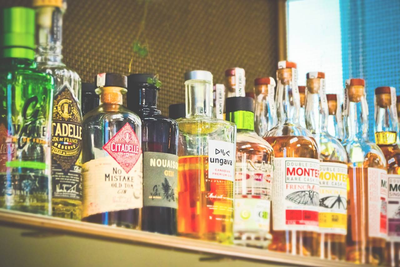
Apart from the cost of the alcohol, there are a number of other factors that determine the pricing of beverages at a bar or restaurant. These are-
- Ingredient cost - As a bar manager you have to consider ingredient costs for every drink recipe. When ingredient cost rise so does the beverage cost percentage. It's therefore crucial to keep a close watch on your invoices, and drive a hard bargain with your supplier, or shop for a different supplier if your costs start to rise.
- Alcohol sales - Your profit margins heavily depend on the kind of beverage sales you see. If the sales are not high, your bottom line targets will not be met and the beverage cost percentage will rise.
- Establishment cost - Operating costs, overhead expenses, labor cost and vendor deals, are other factors that indirectly influence the beverage costs of a bar.
Restaurant Front
Beverage Cost Percentage for Bar and Drink- What's the Difference?
The beverage cost percentage for a drink and that of an entire bar are separate calculations, and both are important factors that drive the profit margins of a business. The beverage cost percentage of a drink is the percentage of a drink's retail price relative to its cost. On the other hand, beverage cost percentage for a bar is calculated as a percentage of overall beverage revenue relative to overall inventory cost, over a particular period.
An average beverage cost percentage for a bar should be in the range of 18-24% even if the individual drink pour cost is say above 35%. If your wine cost is over 30%, you need to bring down your beer cost and liquor cost to below 20% to arrive at a profitable beverage cost percentage.

Does fixing menu prices make you nervous? It shouldn’t.
Take the pain out of pricing by calculating beverage cost percentage accurately. Here’s how.

